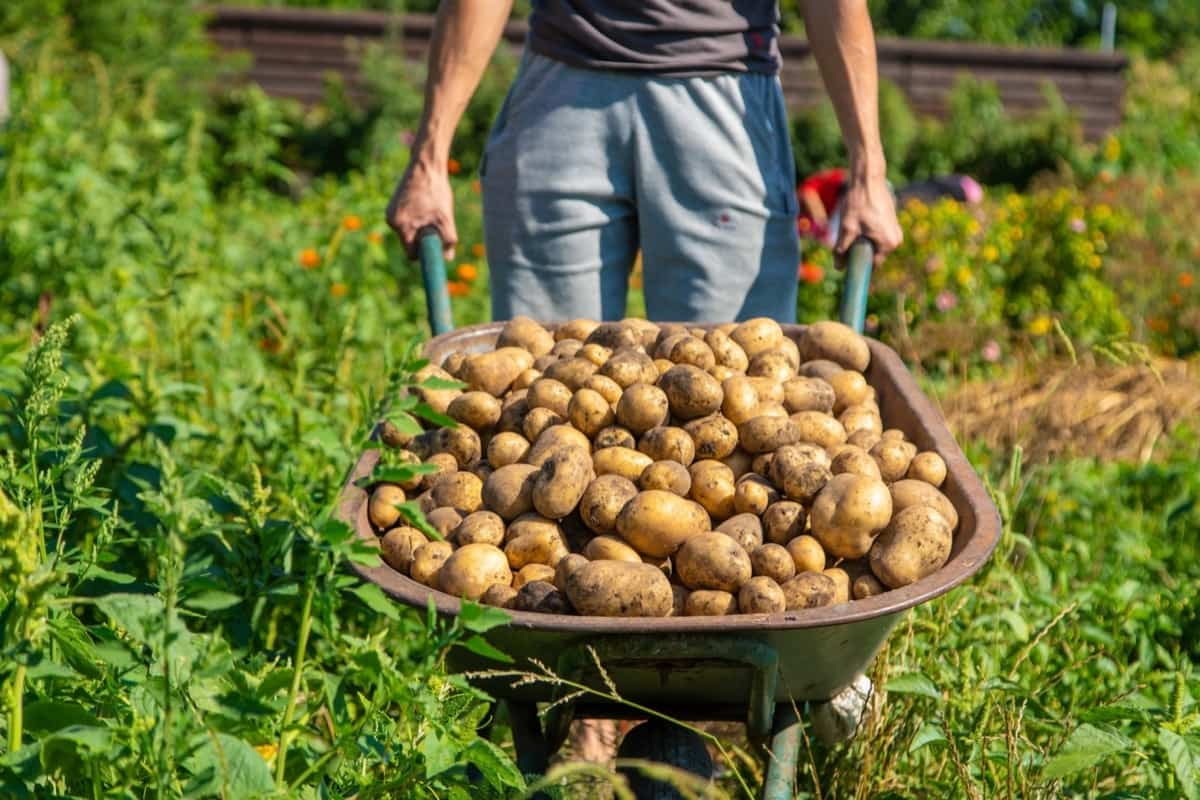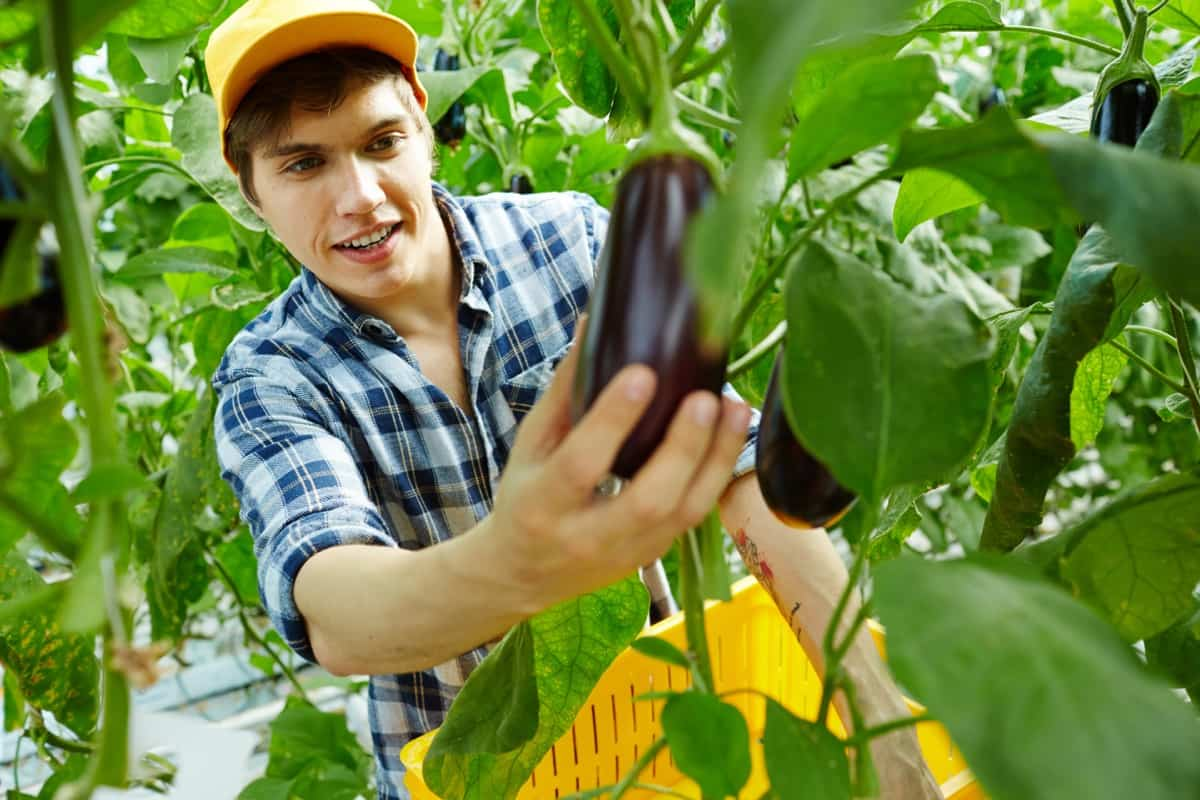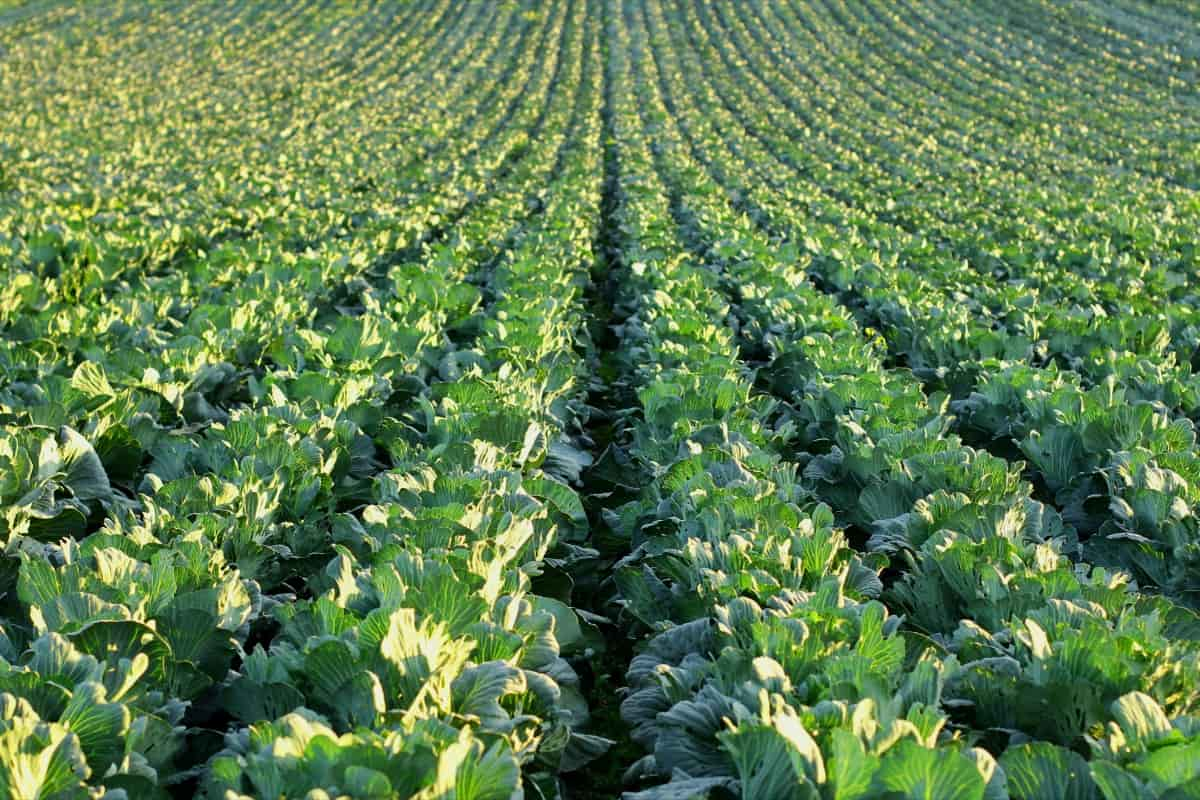East Texas is a prime location for growing various vegetables throughout the year. With its warm climate and fertile soil, it’s no wonder that vegetable gardening is a popular hobby among East Texans. However, to get the most out of your garden, having a gardening calendar that considers East Texas’s unique climate and growing conditions is important.

East Texas Vegetable Gardening/Planting Calendar
USDA Zones of East Texas
The USDA (United States Department of Agriculture) zones of East Texas play a crucial role in determining what plants can thrive in the region. The USDA zones are based on average minimum winter temperatures and divide the United States into 13 zones, ranging from Zone 1 (coldest) to Zone 13 (warmest). East Texas is primarily located in Zones 8a, 8b, and 9a, meaning the average minimum winter temperatures range from 10°F to 25°F.
These zones significantly impact the types of plants that can be grown successfully in East Texas. Plants hardy to these zones can thrive in the area’s warm climate. However, plants unsuited to these zones, such as wide varieties of apples and cherries, may not survive the colder winters of East Texas. Gardeners need to consider these zones when planning their gardens, as choosing plants unsuited to the region’s USDA zones can result in disappointment and wasted time and resources.
When to Start Planting
January through February is the time for starting seedlings indoors. Vegetables like tomatoes, peppers, and eggplants can be started indoors, giving them a head start for when it’s time to plant them outdoors in the spring. It’s also a good time to start preparing your garden beds for planting. Remove any debris or old plants from the previous year, and amend the soil with compost or other organic matter.
March through April is the time for planting cool-season vegetables. These include lettuce, spinach, broccoli, and cabbage. These vegetables can be planted directly in the garden and will thrive in the cooler temperatures of early spring. It’s also a good time to plant root vegetables like carrots, beets, and radishes. May through June is when it’s time to plant warm-season vegetables.
These include tomatoes, peppers, cucumbers, and squash. It’s also a good time to plant herbs like basil, cilantro, and parsley. The temperatures start to heat up in East Texas from July through August, making it challenging to keep your garden thriving. However, some vegetables can still be planted during this time, including okra, sweet potatoes, and southern peas. Keeping your garden well-watered during this time is important, as the heat can quickly dry out the soil.
September through October is the time to start planting fall vegetables. These include broccoli, cauliflower, Brussels sprouts, and root vegetables like turnips and rutabagas. These vegetables will thrive in the cooler temperatures of fall and can even withstand a light frost. It’s also a good time to start planting garlic, which will be ready to harvest the following summer.
November through December is a slower time in the garden, but there are still things you can do to prepare for the next growing season. This is a good time to clean up your garden beds and add a layer of mulch to protect them from the cold temperatures of winter. You can also plant cover crops like clover or rye to help improve the soil for next year’s garden.
In case you missed it: Organic Farming Certification Requirements in Texas: Documents and Application Process

In addition to following a gardening calendar, you can use other tips and tricks to ensure a successful vegetable garden in East Texas. One important tip is to use raised garden beds, which can help improve drainage and soil quality. You should also water your garden regularly, especially during the hot summer months. Finally, use organic pest control methods, such as companion planting and natural insecticides, to keep your garden healthy and free of pests.
East Texas Calendar
| Vegetable | USDA Zone 8a | USDA Zone 8b | USDA Zone 9a | USDA Zone 9b |
| Asparagus | Feb-Mar | Feb-Mar | Jan-Mar | Jan-Apr |
| Beans | Mar-Apr | Mar-Apr | Feb-Apr | Jan-May |
| Beets | Mar-Apr | Mar-Apr | Jan-Apr | Jan-May |
| Broccoli | Feb-Mar | Jan-Mar | Oct-Mar | Sep-Mar |
| Brussels sprouts | Feb-Mar | Jan-Mar | Oct-Mar | Sep-Mar |
| Cabbage | Feb-Mar | Jan-Mar | Oct-Mar | Sep-Mar |
| Carrots | Feb-Apr | Jan-Apr | Jan-Apr | Jan-May |
| Cauliflower | Feb-Mar | Jan-Mar | Oct-Mar | Sep-Mar |
| Collards | Jan-Feb | Dec-Feb | Oct-Feb | Sep-Feb |
| Corn | Mar-Apr | Mar-Apr | Feb-Apr | Jan-May |
| Cucumber | Apr-May | Apr-May | Mar-May | Feb-Jun |
| Eggplant | Apr-May | Apr-May | Mar-May | Feb-Jun |
| Garlic | Oct-Dec | Oct-Dec | Oct-Dec | Oct-Dec |
| Kale | Jan-Feb | Dec-Feb | Oct-Feb | Sep-Feb |
| Lettuce | Jan-Feb | Dec-Feb | Oct-Feb | Sep-Feb |
| Okra | Apr-May | Apr-May | Mar-Jun | Mar-Jul |
| Onion | Jan-Feb | Jan-Feb | Jan-Feb | Jan-Feb |
| Peas | Jan-Feb | Jan-Feb | Nov-Feb | Oct-Mar |
| Peppers | Apr-May | Apr-May | Mar-May | Feb-Jun |
| Potatoes | Feb-Mar | Feb-Mar | Jan-Mar | Jan-Apr |
| Pumpkins | Apr-May | Apr-May | Mar-Jun | Mar-Jul |
| Radishes | Jan-Apr | Jan-Apr | Jan-Apr | Jan-May |
| Spinach | Jan-Feb | Dec-Feb | Oct-Feb | Sep-Feb |
| Squash | Apr-May | Apr-May | Mar-Jun | Feb-Jun |
| Sweet Potatoes | May-Jun | May-Jun | May-Jul | May-Jul |
| Tomatoes | Apr-May | Apr-May | Mar-Jun | Feb-Jun |
In case you missed it: Central Texas Vegetable Gardening/Planting Calendar: Know What to Grow in Different Seasons

Conclusion
In conclusion, East Texas is a great place for vegetable gardening, and with a little planning and preparation, you can have a thriving garden year-round. Following a gardening calendar and implementing other best practices ensures your garden is healthy and productive, providing you and your family with fresh, delicious vegetables throughout the year.
- Feed Your Flock for Less: Top 10 Tips to Save on Chicken Feed
- Ultimate Guide to Ossabaw Island Hog: Breeding, Raising, Diet, and Care
- Hatching Answers: The Top 10 Reasons Your Chickens Aren’t Laying Eggs
- Eggs and Economics: Breaking Down the Cost of Raising Backyard Chickens
- Defend Your Greens: Proven Methods to Keep Iguanas Out of Your Garden
- Ultimate Guide to Cinnamon Queen Chicken: A Comprehensive Guide for Beginners
- Ultimate Guide to California Tan Chicken: Breeding, Raising, Diet, Egg-Production and Care
- Ultimate Guide to Marsh Daisy Chicken: Breeding, Raising, Diet, and Care
- 10 Types of Chicken Farming Businesses You Can Start for Profits